SILENT CRY
The series of pictures offers a powerful visual reflection on the hidden pain of childhood poverty and the universal call for compassion. Artistically, the works stand out for their creativity, blending realism with impressionistic and mosaic-like textures. The broken brushstrokes suggest lost innocence, as if the children’s identities have been fractured by hardship. Each piece uses soft, earthy colors—ochres, teals, and gentle greys—that mix sadness with warmth, showing both suffering and the quiet strength of humanity.
In terms of originality, the combination of realistic faces and abstract fragments sets this series apart from traditional portraits. It turns simple observation into a poetic and thoughtful statement. The technical skill is impressive—carefully controlled brushwork, subtle lighting, and deliberate composition draw the viewer’s attention from the children’s haunting eyes to their outstretched hands and empty bowls, symbols of both need and silent hope.
Despite the heavy emotions, the paintings remain visually balanced and harmonious. The cracked and layered surfaces reflect both the fragility and resilience of the human spirit. The connection to the theme “Silent Cry” is deep—each child’s quiet gaze speaks on behalf of countless unheard voices.
Emotionally, the series is deeply moving. It invites viewers to stop, feel empathy, and think about social inequality. The social impact lies in how it stirs compassion and challenges people to confront their indifference.
The artist’s vision appears to be guided by a humanitarian outlook—showing suffering not as spectacle, but as a mirror that reflects our own conscience. The message is simple yet profound: silence can express what words cannot, and compassion is the truest measure of humanity.

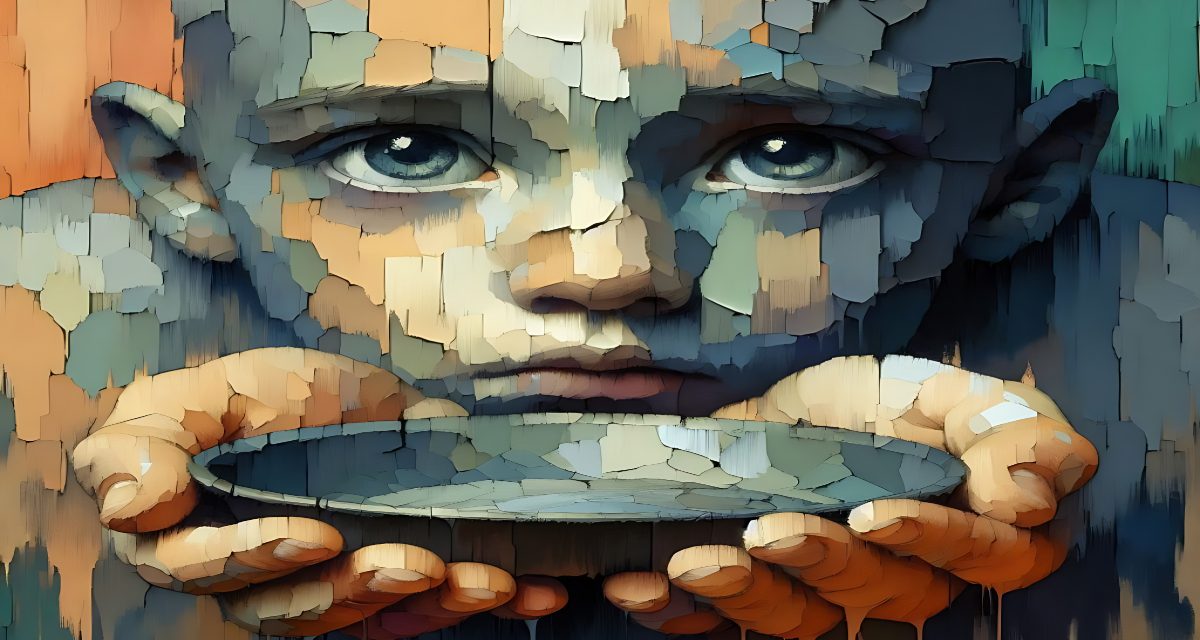
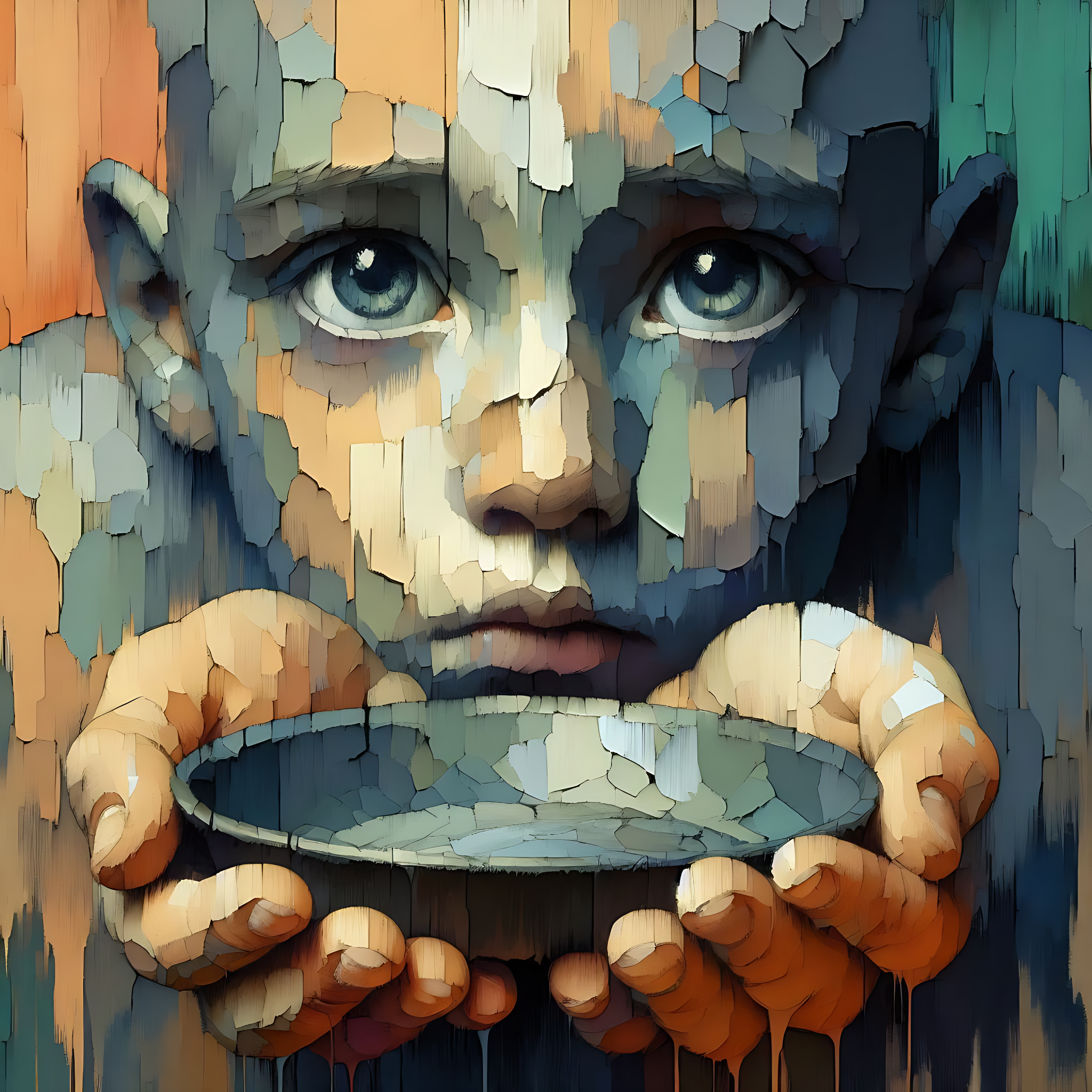

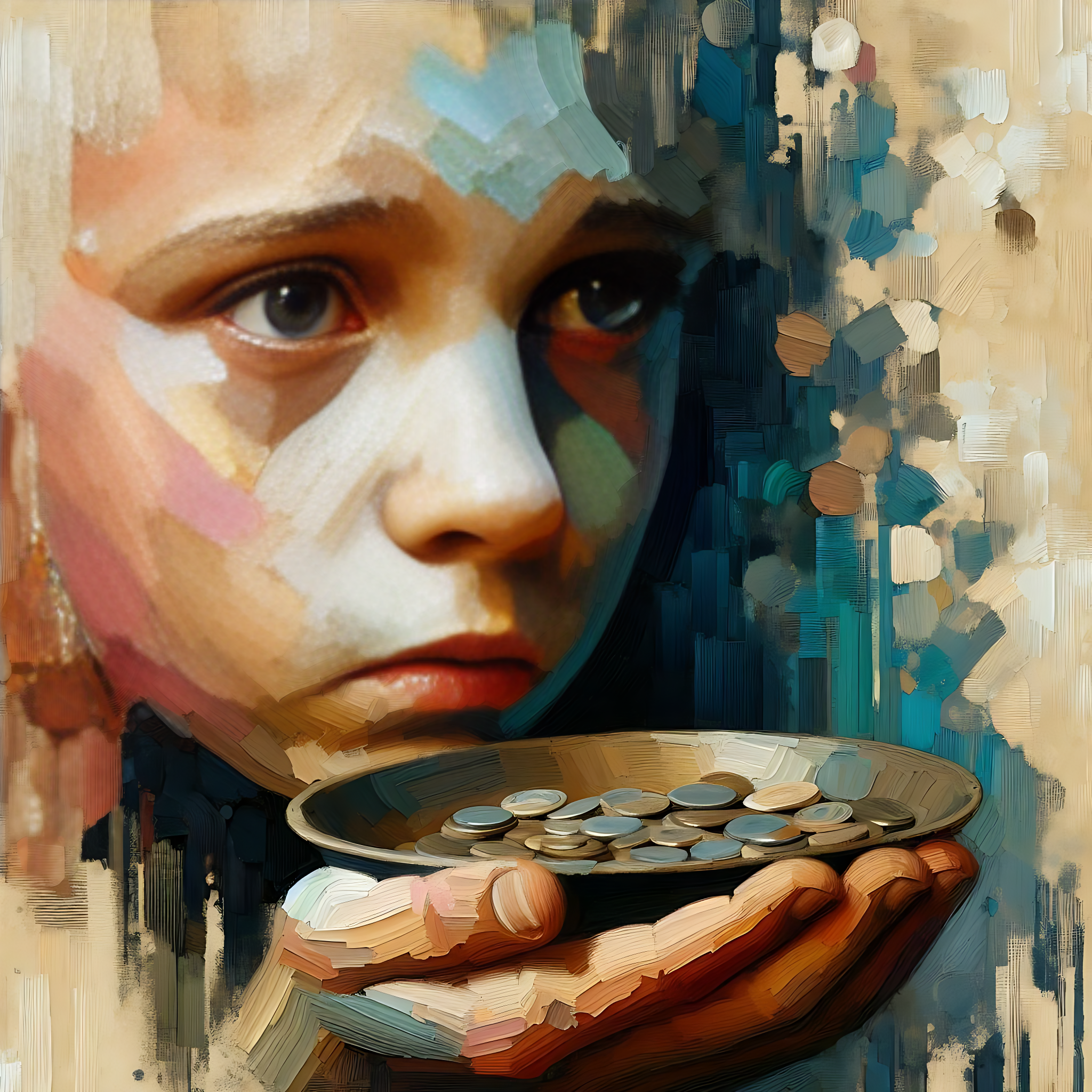

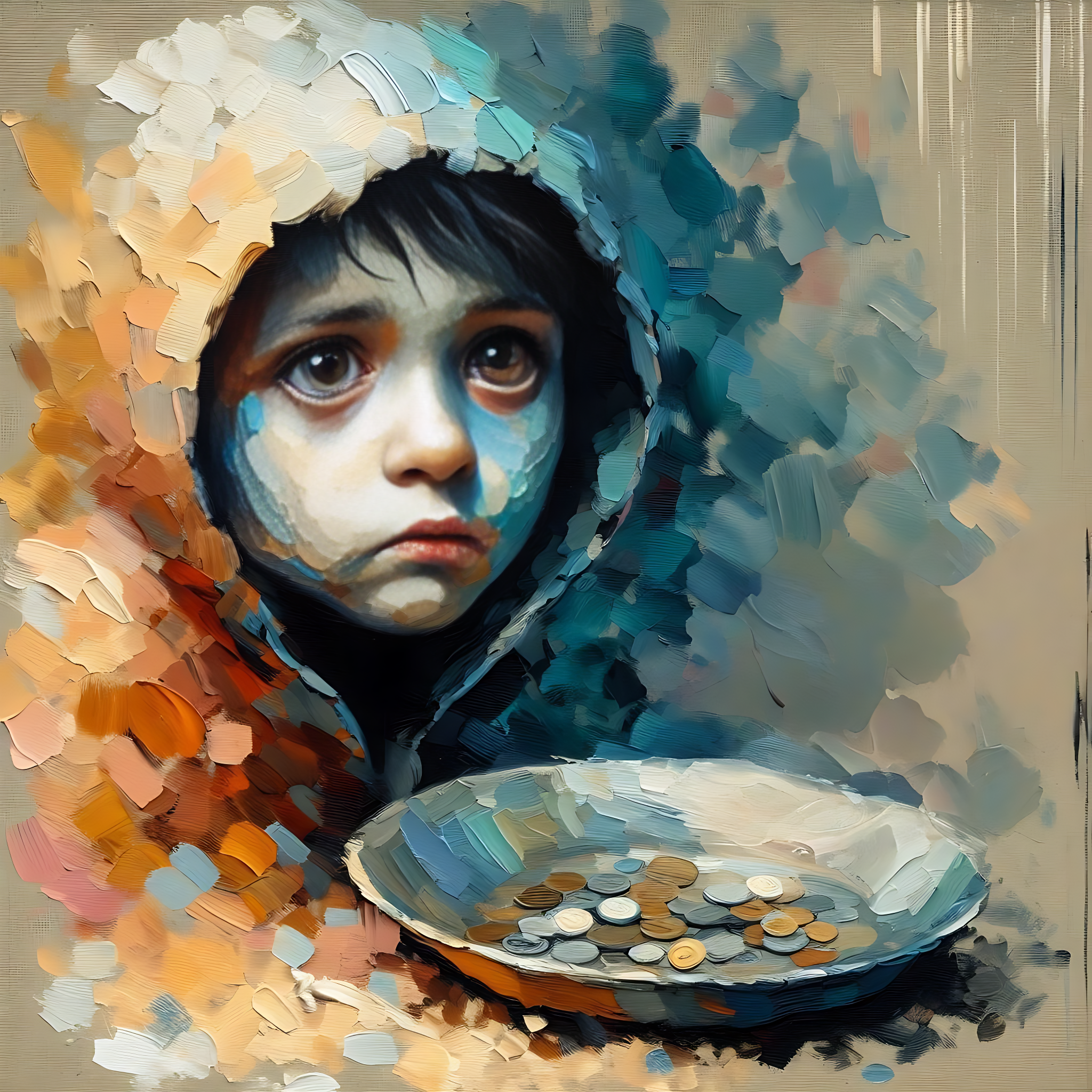
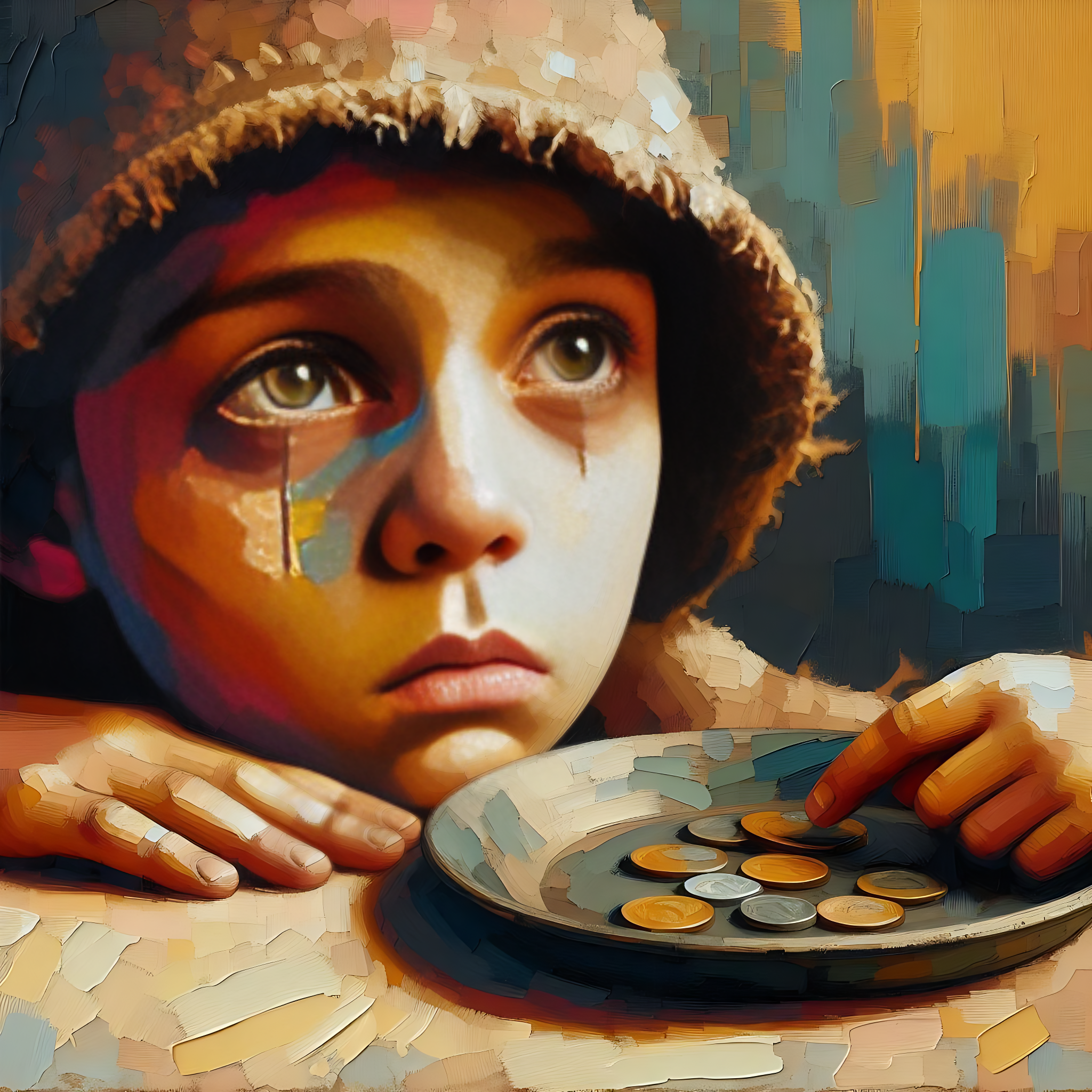
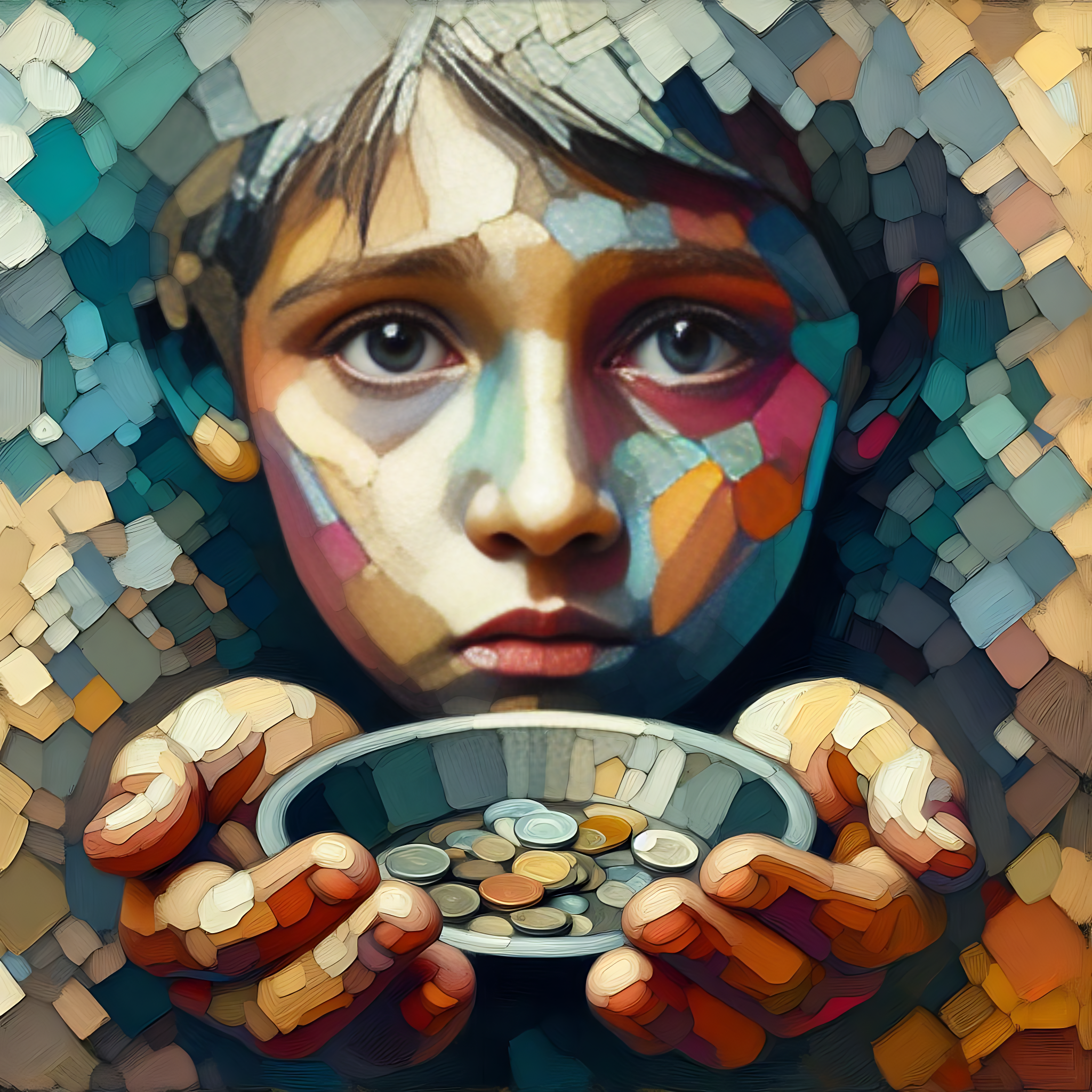
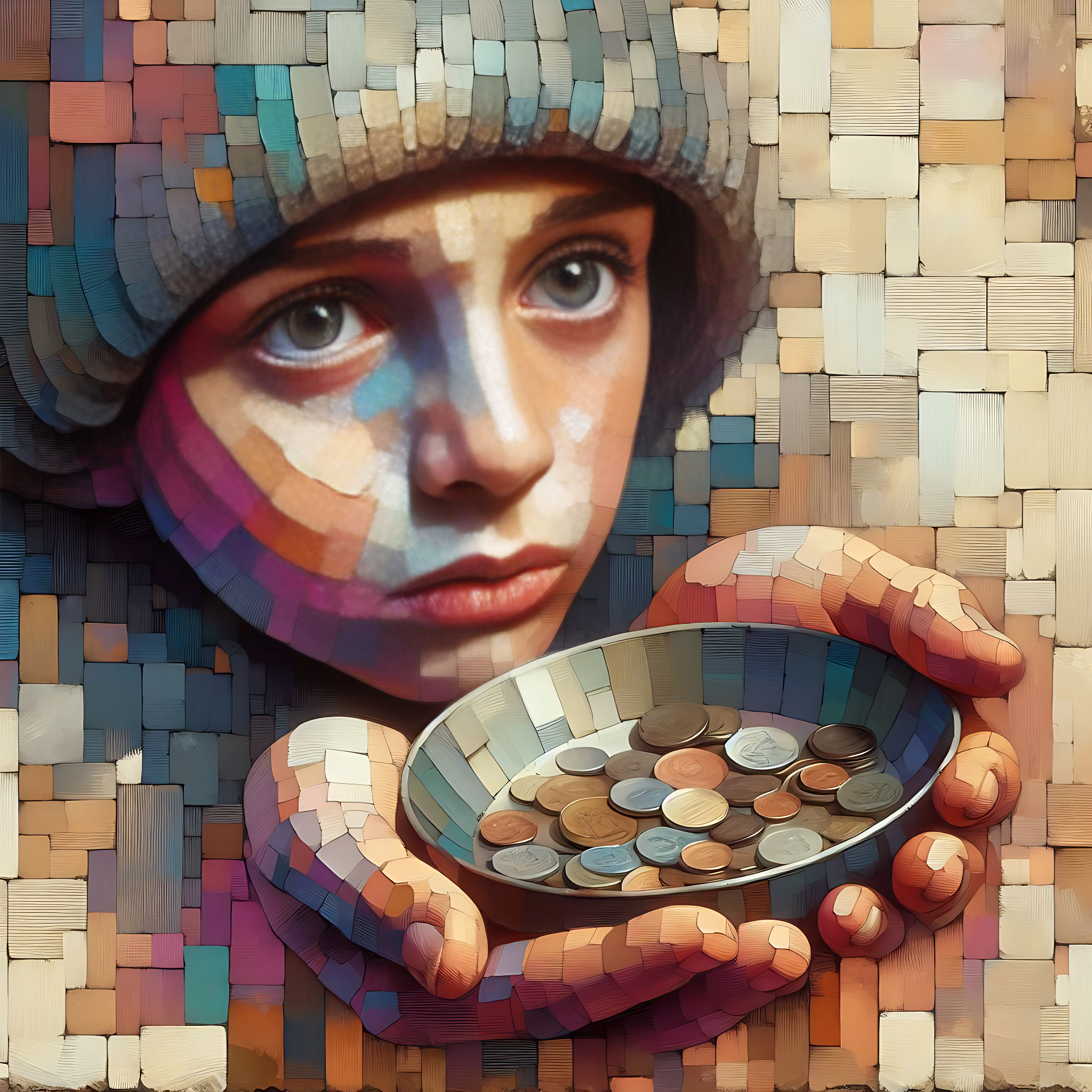
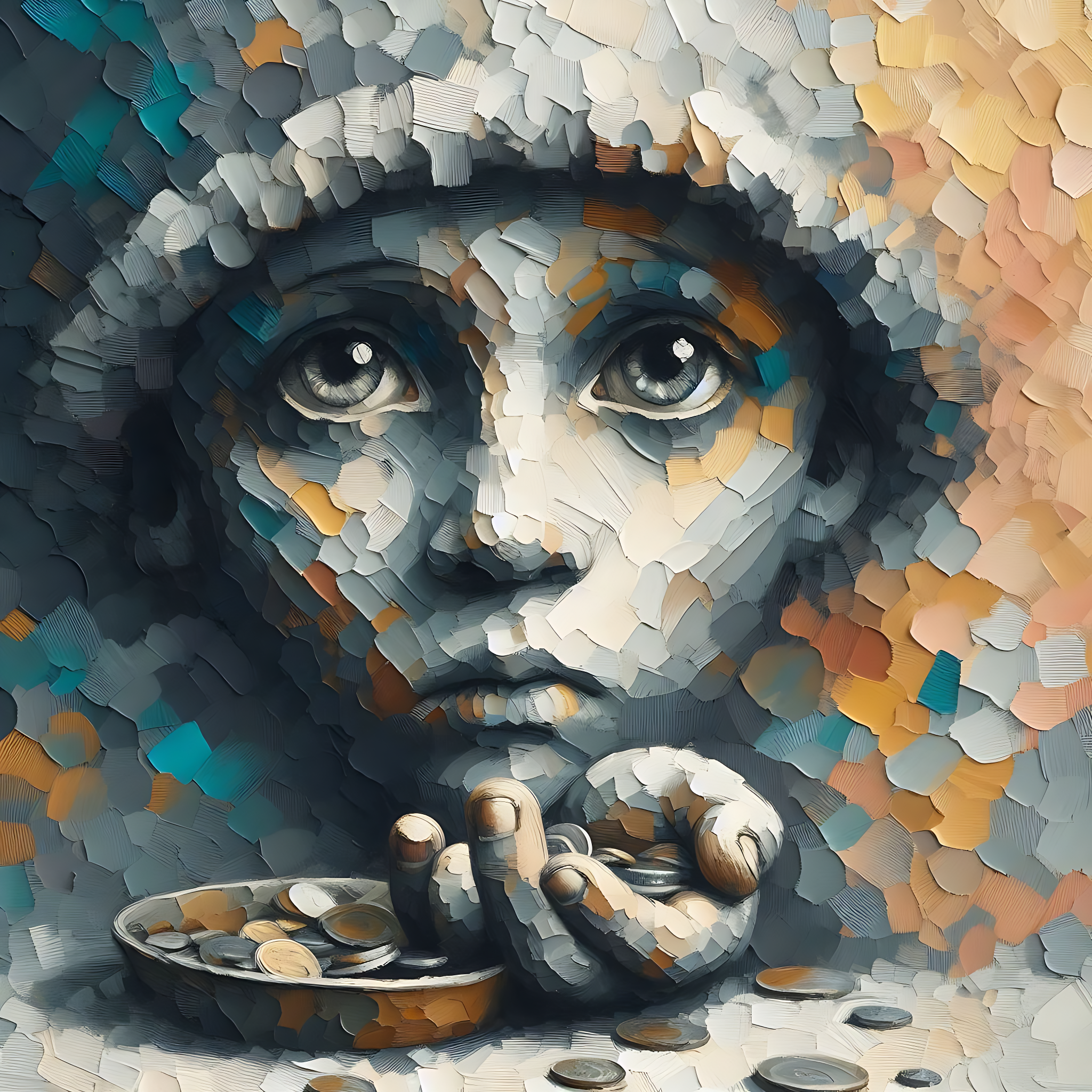
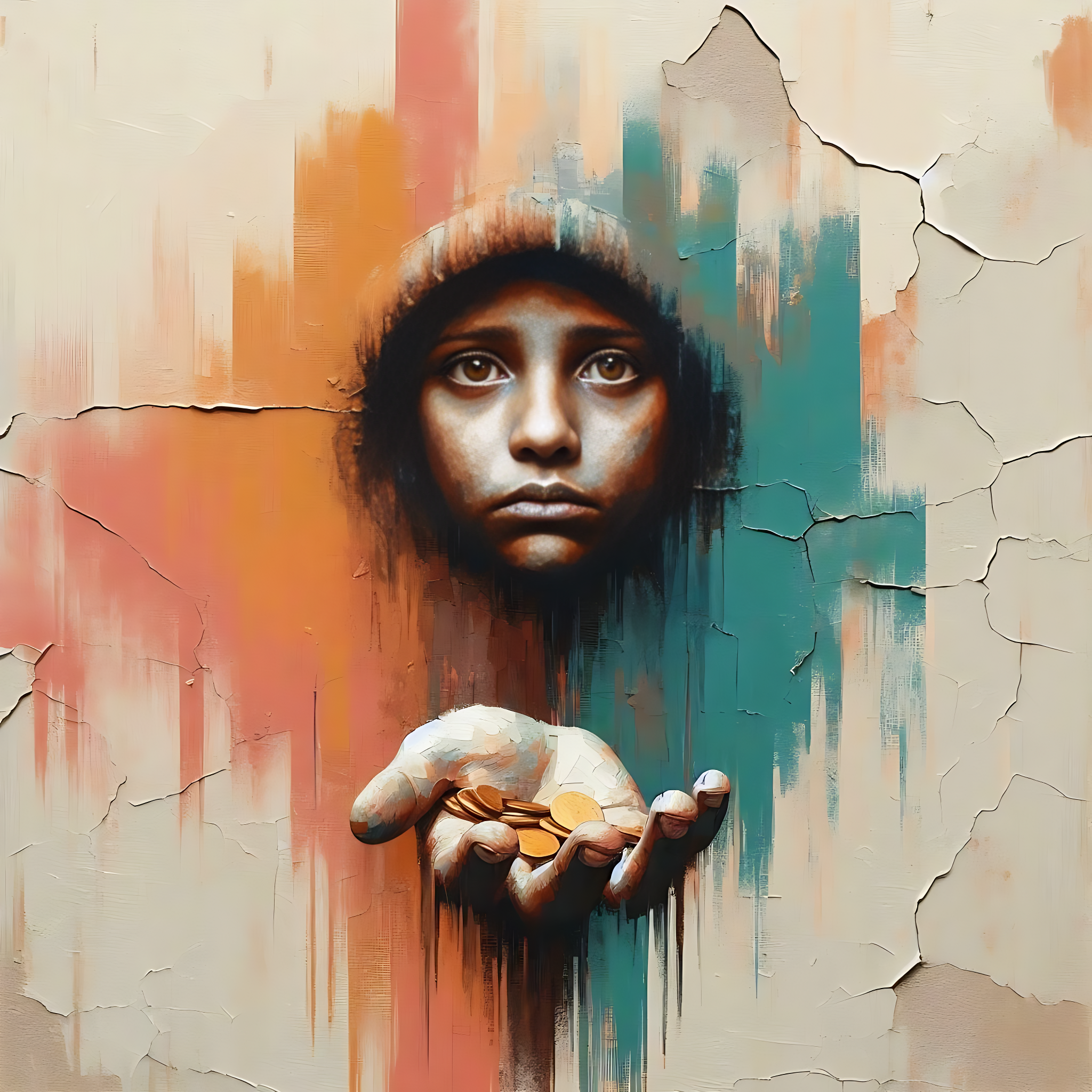


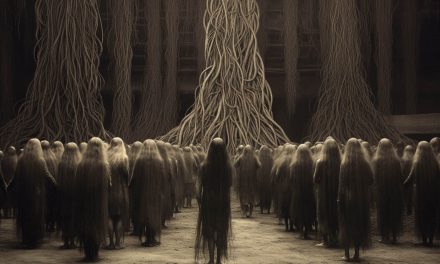

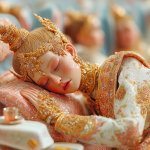





















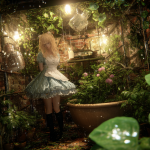
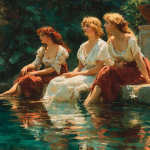
Comments